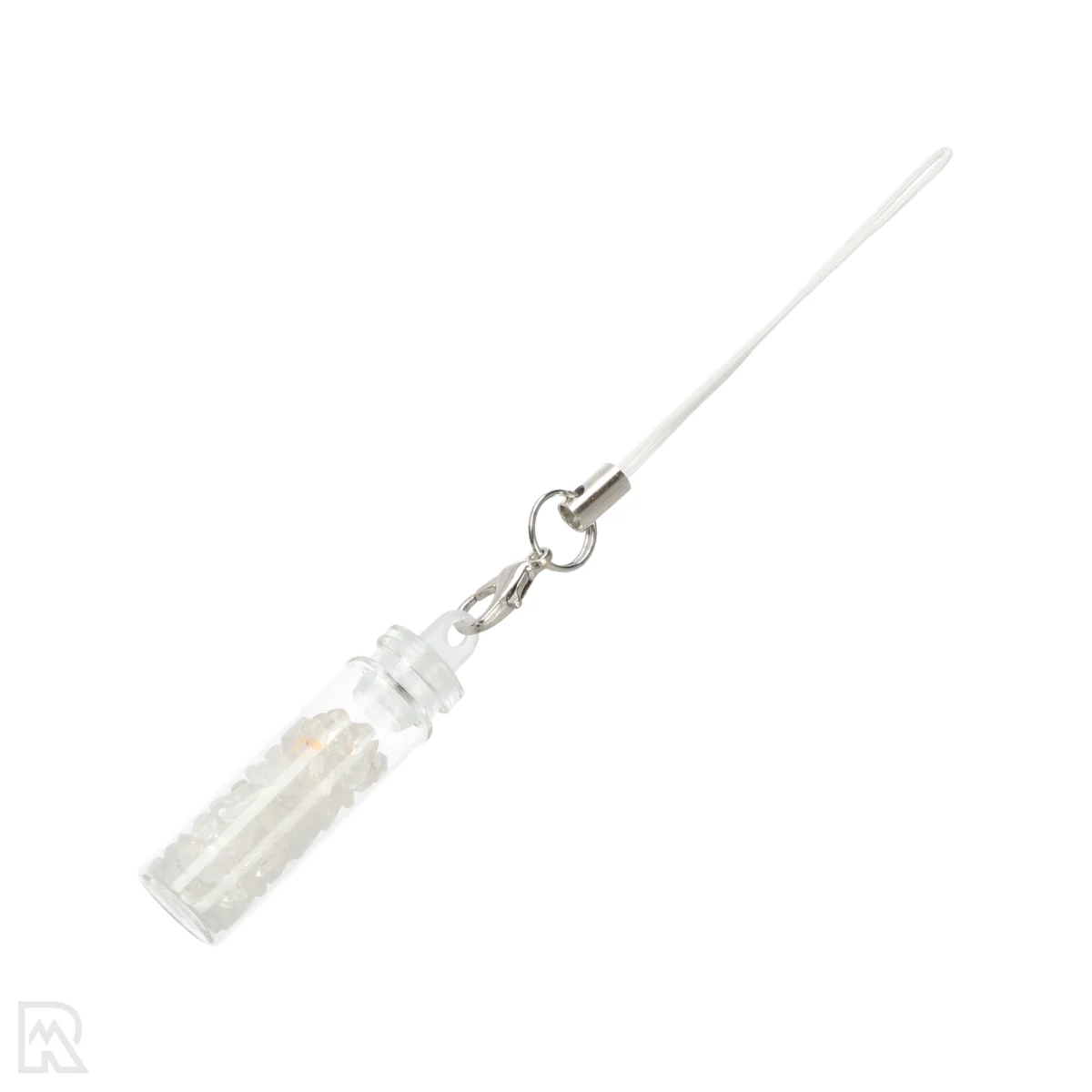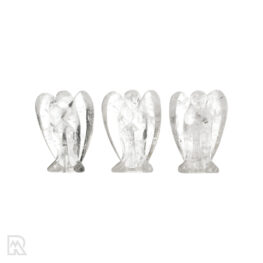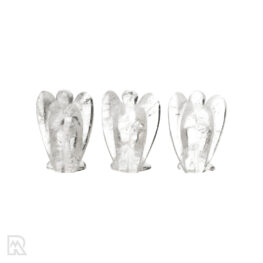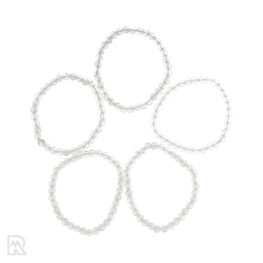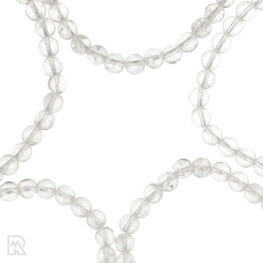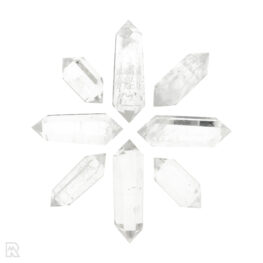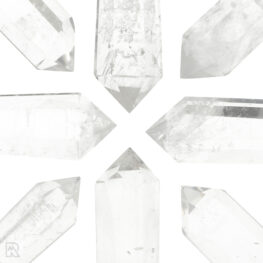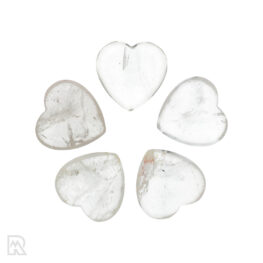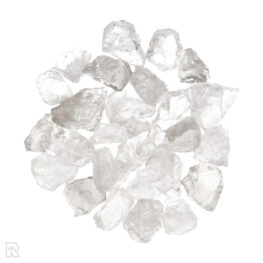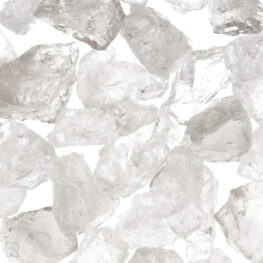| Gewicht | 0,05 kg (50 gr) |
|---|---|
| Dimensions | 1,1 × 1,1 × 3,5 cm |
| Sales Unit | |
| Type | |
| Form | |
| Origin | |
| SKU | 5847 |
Rock crystal Lucky bottle
Rock crystal Lucky bottle from China
Rock crystal
Rock crystal is the colourless, transparent variety of quartz and consists of pure silica. It crystallises in the trigonal crystal system and often forms well-developed six-sided prisms with a pointed tip. Due to its clarity and glassy luster, rock crystal is one of the best-known and most widely used quartz varieties.
The mineral occurs worldwide, with important deposits in Brazil, Madagascar, Switzerland and the United States, among others. Rock crystal occurs in hydrothermal veins, pegmatites and metamorphic rocks. Its chemical formula is SiO₂ and its hardness is 7 on the Mohs scale. Well-known varieties of quartz such as rose quartz, amethyst and smoky quartz differ from rock crystal by their colour-causing inclusions or radiative influences.
Sources:
Mindat.org, Gemdat.org, Wikipedia - Quartz
Selenite
Selenite is a clear to translucent variety of the mineral gypsum (CaSO₄-2H₂O). It is known for its glassy to pearly luster and often fibrous structure. A common form is selenite, which has a silky luster and occurs in long, fibrous crystals. Despite its name, selenite has nothing to do with the element selenium; the name is derived from the Greek word for moon, because of its soft luster.
Selenite forms in sedimentary environments during the evaporation of seawater and is found in countries such as Mexico, Morocco, the US and Australia. It is a soft mineral with a hardness of 2 on the Mohs scale, making it easy to work by hand. Almost all selenite sold on the Dutch market is satin spar; however, selenite is a market-accepted sales name.
Sources:
Mindat.org, Gemdat.org, Wikipedia - Selenite
